As the war in Ukraine continues to unfold, militaries around the world are adapting their training methods to keep pace with the rapidly evolving battlefield. One key aspect of this transformation is the use of advanced military simulations, such as the Virtual Battlespace 4 (VBS4), which reportedly provide highly realistic environments for soldiers to train in virtual reality.
The Rise of Drones and AI in Military Simulations
Drones have become a game-changer in modern warfare, with over 100,000 combat drones being used each month by both sides in Ukraine. To reflect this change, military simulations like VBS4 have been continuously adding new drone capabilities based on real-world developments. Additionally, advanced AI has been incorporated to simulate drone behavior, reducing the need for human operators in training scenarios focused on defeating drone attacks.
Challenges Stemming from the War in Ukraine
The Ukraine conflict has highlighted limitations in traditional simulations and wargames regarding logistics and the impact of morale on operations. Simulating larger-scale Brigade-level operations has proven to be more challenging than force-on-force engagements like tank platoons fighting. To address this, BISim, the creator of VBS4, utilizes AI to simulate every soldier individually, replacing traditional aggregation methods.
The Role of Generative AI in Future Battlefield Simulations
While advancements in generative AI are exciting, their application in tactical military AI remains unclear. Machine learning AI is expected to have a more immediate impact on autonomous weapon platforms, posing a significant future threat. Simulations like VBS4 can provide a testing ground for the AI driving these drones to develop tactics to counter them.
The Ukrainian Battlespace: A Game-Changer for Modern Militaries
BISim, in collaboration with LuxCarta, has developed a high-fidelity Ukrainian terrain for VBS4. This terrain can serve as a foundation for creating new training scenarios or replicating real-world events, benefiting both Ukrainian and NATO forces. The ability to train virtually on terrain that precisely replicates upcoming deployment or operational zones is a game-changer for modern militaries.
The Future of Virtualized Training Environments
The next step in the evolution of military simulations is the delivery of entity-level simulation capabilities at a massive scale. By combining high-fidelity entity-level AI with cloud technology, simulations will be able to provide more realistic outcomes in AI-vs-AI engagements at scale, revolutionizing the way militaries train for future conflicts.
DroneXL’s Take
The rapid advancements in military simulations, driven by the need to adapt to the changing nature of warfare in Ukraine, demonstrate the crucial role that drones and AI will play in future conflicts. As these technologies continue to evolve, it is essential for militaries to invest in cutting-edge training solutions that enable them to stay ahead of the curve. The ability to train in highly realistic virtual environments, complete with accurate terrain and advanced AI-driven adversaries, will be a key factor in determining the success of military operations in the years to come. While the challenges posed by autonomous weapon platforms and drone swarms are significant, the development of innovative counter-tactics through simulations like VBS4 offers hope for a future in which militaries can effectively defend against these threats.
Discover more from DroneXL
Subscribe to get the latest posts to your email.
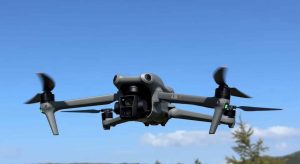
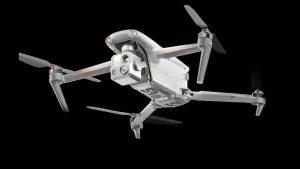


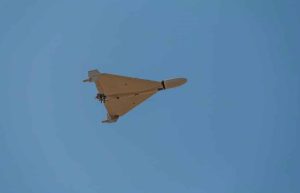
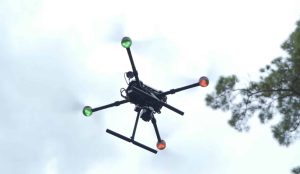
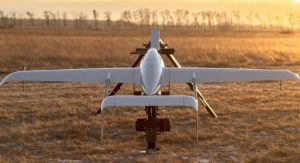
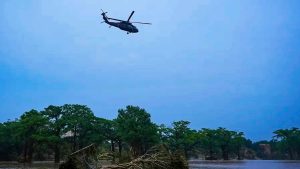
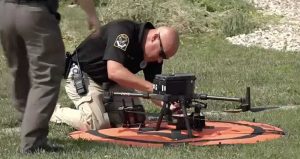
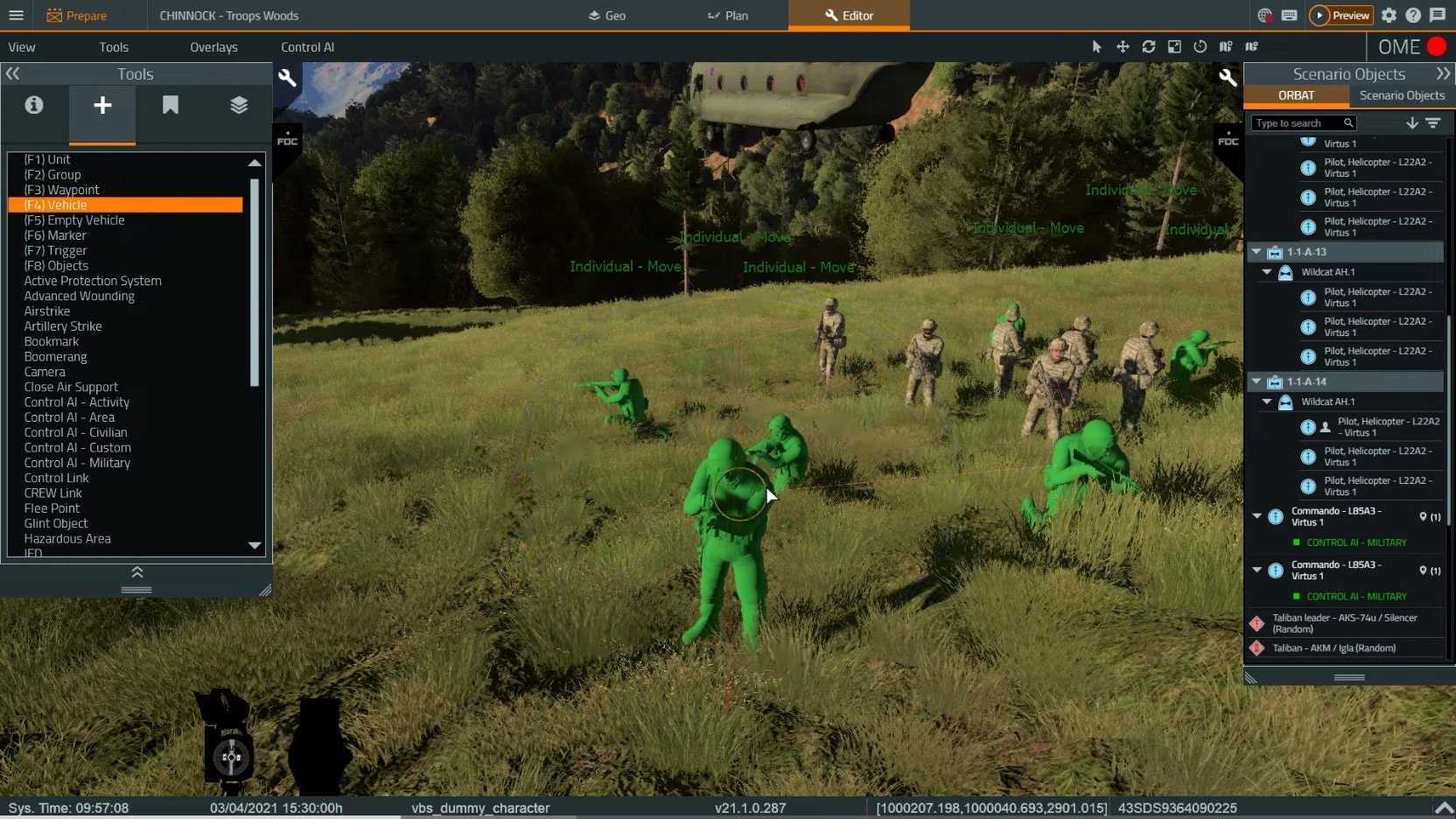

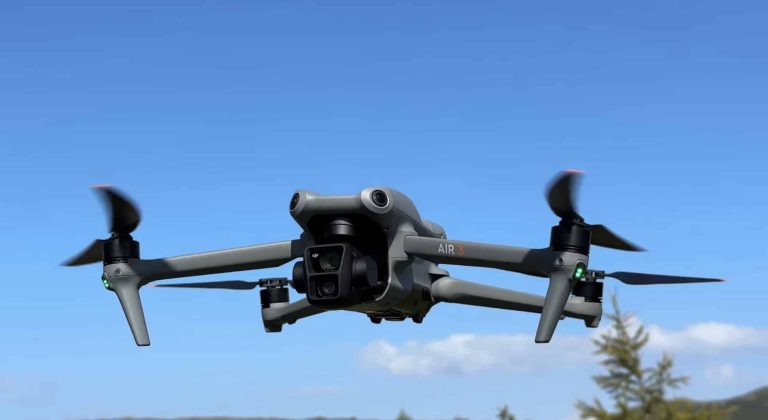
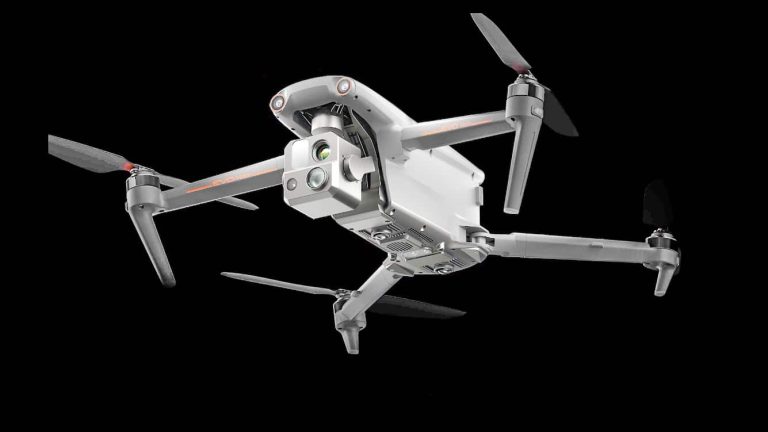





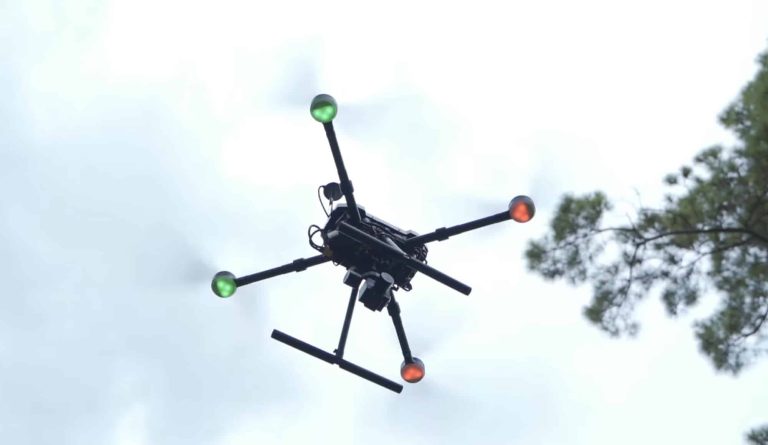
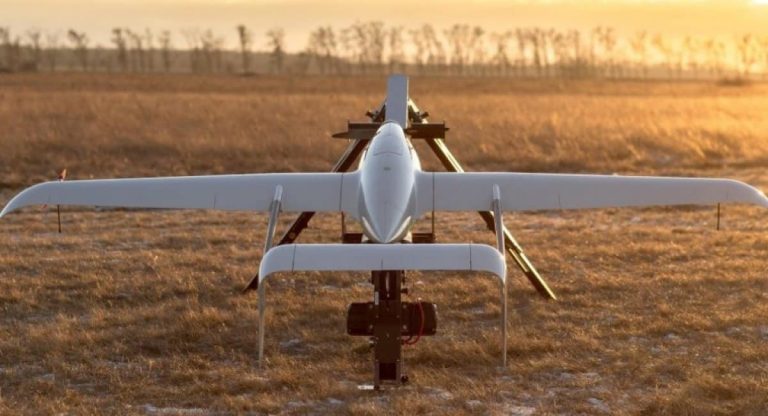

+ There are no comments
Add yours